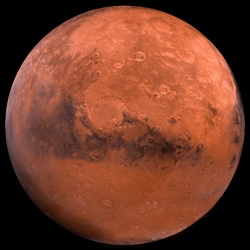
Days after the launch of India’s Mangalyaan satellite, NASA sent off its own Mars mission, five years in the making, named Maven. Its cost: $671 million. The budget of India’s Mars mission, was just three-quarters of the $100 million that Hollywood spent on last year’s space-based hit, “Gravity.”
“The mission is a triumph of low-cost Indian engineering,” said Roddam Narasimha, an aerospace scientist and a professor at Bangalore’s Jawaharlal Nehru Center for Advanced Scientific Research. “By excelling in getting so much out of so little, we are establishing ourselves as the most cost-effective center globewide for a variety of advanced technologies,” said Mr. Narasimha.
India’s 3,000-pound Mars satellite carries five instruments that will measure methane gas, a marker of life on the planet. Maven (for Mars Atmosphere and Volatile Evolution), weighs nearly twice as much but carries eight heavy-duty instruments that will investigate what went wrong in the Martian climate, which could have once supported life.
